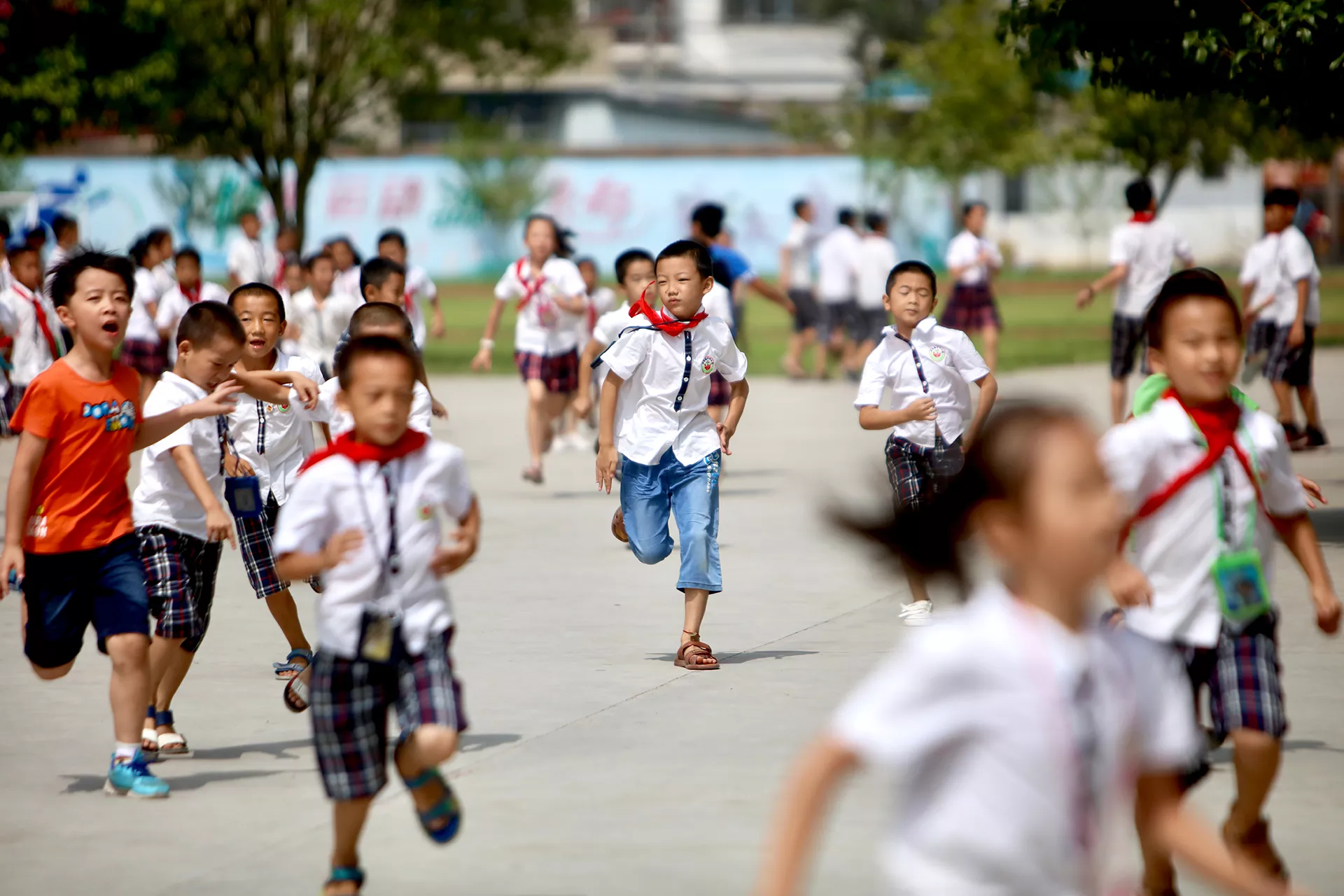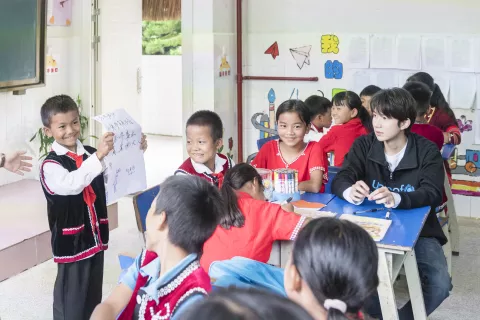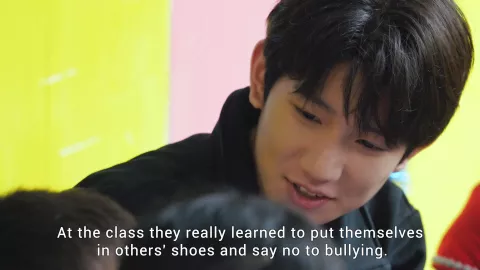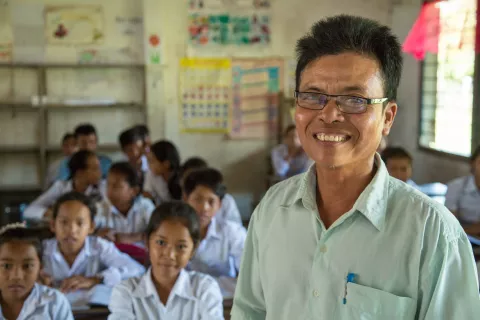Parenting tips for addressing violence against children
How parents and caregivers can create a safe environment for children and young people and what you can do if your child is being bullied or has witnessed violence.

- Available in:
- 中文
- English
How parents and caregivers can create a safe environment for children and young people and what you can do if your child is being bullied or has witnessed violence.
Going through bullying or a violent[1] experience in school does not only have short-term consequences, but can potentially lead to serious long-term consequences for your child.
If you’re a parent or caregiver, here are five things you can do to create a safe environment for you and your child:
- Talk openly. Talk to your children about what constitutes good and bad behaviour in school, in the community and online. Make sure that they understand the various risks of going online and what to do if something upsets them. It is important to have open communication so that your children feel comfortable telling you about what is happening in their lives.
- Look closely. Observe your children’s emotional state, as some children may be reluctant to share their feelings. Changes in behaviour, appetite and sleep patterns can sometimes indicate if your child is feeling anxious or uncomfortable. Also look for physical signs of abuse such as unexplained bruises or scratches.
- Get involved. Join school meetings or the local parent/teacher association or committee to learn more about the school’s policies on safety and to find out how you can help to address local challenges.
- Be prepared. Learn about the resources that exist in your community to address cases of violence in schools such as the child protection hotline (12355 for the Youth League, 12338 for the Women’s Federation) and various child protection service facilities. Inform other parents and adults in your community by also letting them know about these resources.
- Lead by example. Children learn behaviours and mannerisms from the adults closest to them. Reflect on your own behaviour – your reactions and how you discipline your child – and that of the other adults who your child interacts with. Learn about positive discipline techniques and practice kindness as much as you can.
What should you do if your child tells you that he or she is a victim of bullying or has witnessed an act of or violence?
- Listen to your child as openly, calmly and quietly as you can. As much as possible, try not to interrupt and pass judgment before your child has finished talking.
- Tell the child that you believe them; that you are glad they told you; that it is not their fault; that you will do your best to find help. But don't make promises you can't keep. Gently let your child know that you may not be able to keep the information he or she has shared a secret. Speak first with your child’s teacher, hotline workers, child protection staff such as social worker, or Child Director of your community about how best to deal with the situation.
- For extremely violent or urgent situations, you should contact the police.
What you should not do:
- React disproportionately, especially if the tendency is to be overly negative or aggressive. Try to remain calm but also avoid minimizing your child’s concerns. Telling them “don’t worry” or that “it’s not a big deal”.
- Contact the parents of the bully as this may lead to retaliation.
- Place the blame on any party when meeting with the teacher. Likewise, do not insist on punishment that is intended to humiliate the bully instead of applying measures to correct behavior and help the bully learn from their mistakes.
- Encourage your child to use violence against the bully. This can make things worse and places the responsibility for the violence on the victim.
- Use violence to discipline your child.
[1] Violence, as described in Article 19 of the UN Convention on the Rights of the Child (CRC), refers to acts of physical violence, psychological or emotional violence, sexual violence or neglect.





